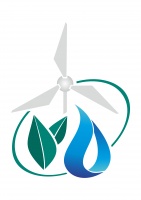Comparison of practices
Selected practice: Внедрение принципов интегрированного управления водными ресурсами (ИУВР) на малой трансграничной реке Исфара
Select another one to compare with.
Using combined-type drainage in Fergana Region
Узбекистан, Ферганская, Кувинский
Increasing irrigation efficiency via laser planning (leveling) of irrigated land
Узбекистан, Ферганская, Кувинский
Using the technology of crops irrigation via ground water feeding in conditions of acute water shortage
Узбекистан, Ферганская, Куштепинский
Using drip irrigation systems with natural water pressure
Узбекистан, Наманганская, Папский
Transition from territorial to hydro-graphic principle of managing the Southern Fergana Main Canal (SFMC)
Узбекистан, Андижанская
Using portable polyethylene trays (PPL-50) of semi-circular section for сrop watering
Узбекистан, Ташкентская, Паркентский
Electronic Water Current Meter (ISV-1)
Узбекистан, Ташкентская
Using polymeric film for anti-filtration canal panning
Узбекистан, Сырдарьинская
Establishment of the Southern Fergana Main Canal Water User Union (SFMC-WUU)
Узбекистан, Андижанская
Ensuring transboundary cooperation and integrated management of water resources and water facilities of interstate value in the Chu and Talas River Basins
Кыргызстан, Таласская
Showing 31-40 of 48 items.




